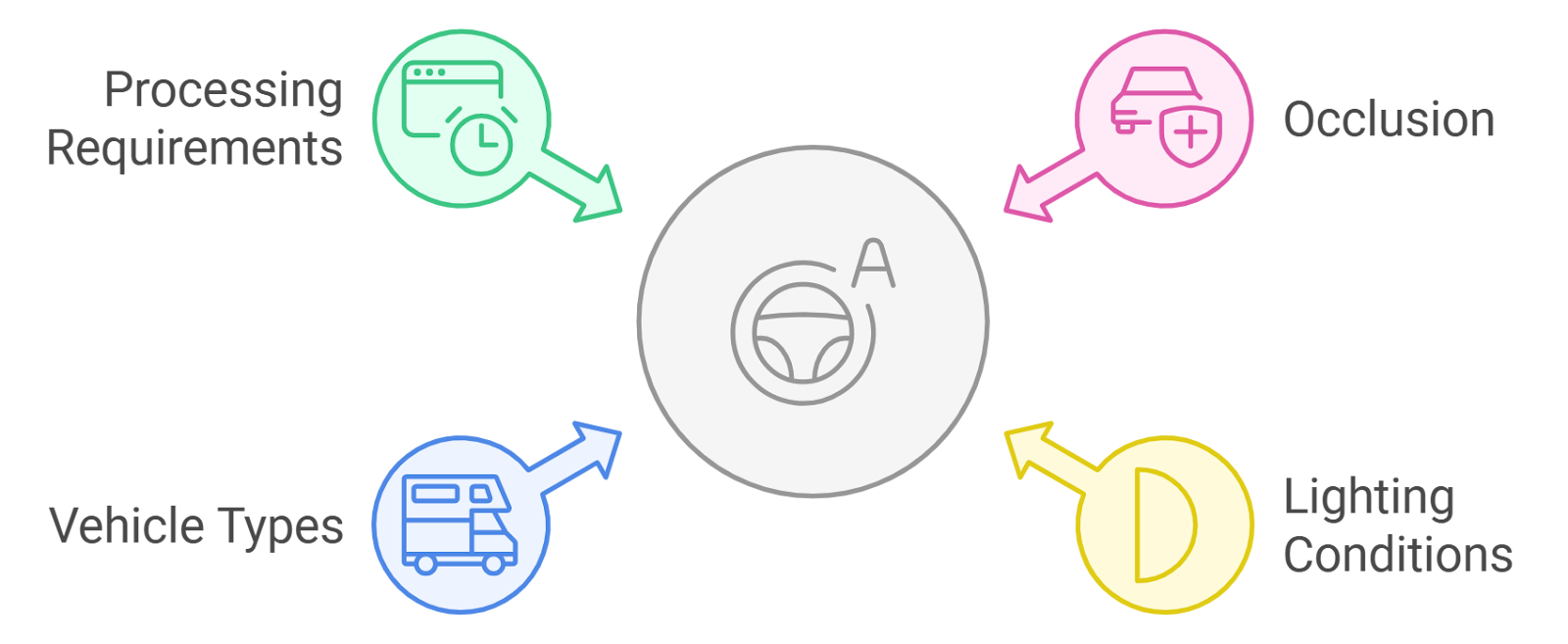Product
Dynamic Traffic Management
Real‑time prediction and adaptive control to keep cities moving.
What’s inside
- Network‑wide congestion prediction (5–30 min horizon)
- Adaptive signal timing & corridor coordination
- Incident detection and diversion recommendations
- What‑if simulation to test interventions safely
Traffic analysis using computer vision
Traffic analysis uses visual data to monitor and manage vehicular movement. It plays a central role in road safety and in optimizing traffic flow.
Real‑time Monitoring
- Live video feeds from roadside or intersection cameras are analyzed to monitor vehicle movement.
- Systems detect congestion, accidents and other incidents in real time using computer‑vision models.
Vehicle Detection & Classification
- Algorithms identify vehicles (cars, trucks, buses, motorcycles) and track their trajectories across lanes.
- This classification reveals directional patterns, lane usage and demand surges for smarter signal timing.
Traffic Flow Analysis
- We compute speed and density to infer Level‑of‑Service and queue lengths.
- Insights feed adaptive signal control to shrink delay and reduce emissions.
Incident Detection
- Automatic detection of crashes, stalled vehicles, wrong‑way driving or debris triggers alerts and workflows.
- Earlier detection shortens response times for emergency services and reduces secondary collisions.
Data for Urban Planning
- Historic patterns inform corridor redesigns and transit planning.
- Aggregated, privacy‑preserving analytics support policy without exposing PII.
Smart‑City Integration
Traffic analysis is foundational to intelligent transportation systems, enabling citywide orchestration that improves mobility and lowers environmental impact.

Vehicle Detection & Classification
Identify vehicles and categorize by attributes to enhance traffic management, safety and automation.
Detection Techniques
- Video‑based: camera streams + image processing for real‑time detection.
- Radar & LiDAR: complementary sensing for speed and presence.
- Inductive loops: roadway sensors detecting metal mass for durable counts.
Classification Methods
- Size/shape categories: cars, trucks, buses, motorcycles.
- Behavioral features: speed and maneuver patterns.
- Machine learning: models improve with continual learning.
Applications
- Traffic Management: optimize signals and reduce congestion.
- Urban Planning: support infrastructure and safety programs.
- Tolling: classify for pricing and revenue integrity.
Traffic Flow Monitoring
Continuous observation and analysis of flow keeps networks efficient and safe.
Monitoring Techniques
- CCTV for real‑time analysis and response.
- Radar/IR/acoustic sensors for counts and speeds.
- Mobile data for crowdsourced context where appropriate.
Key Metrics
- Volume: vehicles per unit time.
- Speed: average/percentile travel speeds.
- Density: vehicles per unit length.
Benefits
- Pinpoint bottlenecks, reduce delay and improve safety.
- Lower emissions via smoother flow and fewer idles.
Incident Detection
Identify unexpected events that disrupt normal operations and trigger response workflows.
Methods
- Automated analytics detect anomalies in speed/trajectory.
- Human monitoring in TOCs adds verification.
- Data analytics predicts risk windows from history.
Types
- Accidents and secondary crashes.
- Road hazards like debris or weather impacts.
- Violations e.g., red‑light running, speeding.
Response
- Real‑time alerts to responders and operators.
- Detours and rerouting to minimize disruption.
- Public messaging on VMS and mobile apps.